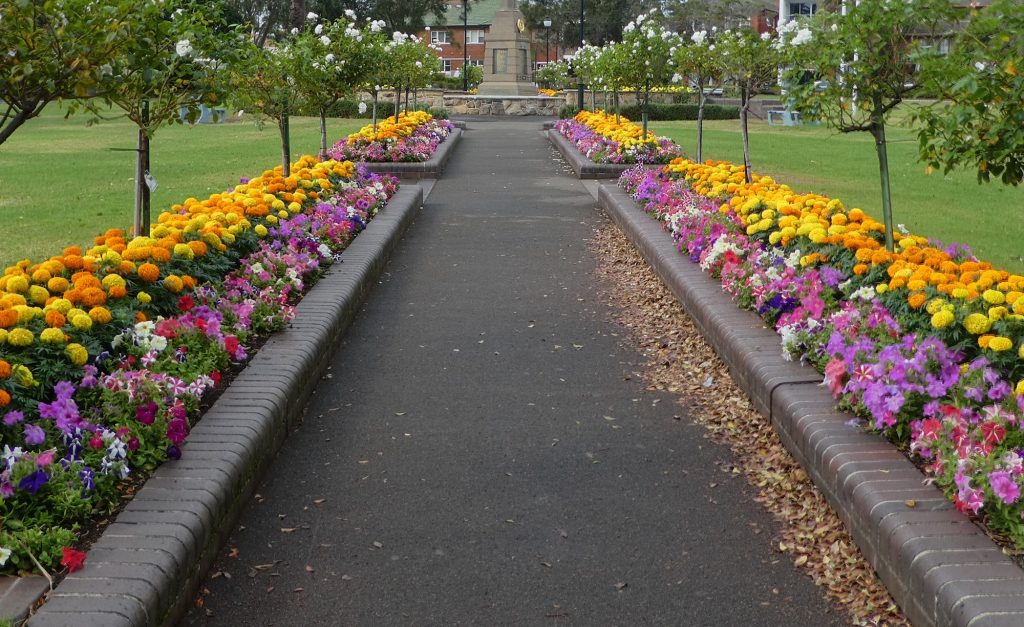Farming is a critical aspect of human life, providing food and other essential resources to sustain communities. With the increasing challenges of climate change, farmers must adopt resilient farming practices that guarantee food security and ensure the sustainability of the environment. Perennial plants play a crucial role in building a resilient homestead. In this guide, we’ll explore the benefits of using perennial plants in farming, the best practices for planting and maintaining them, and how to build a sustainable homestead using these resilient crops.

Why Perennial Plants are Ideal for Resilient Farming
Perennial plants are crops with a lifespan of more than two years and come back year after year, unlike annual crops that need to be replanted yearly. This characteristic of perennials makes them ideal for resilient farming as they provide a constant source of food and other resources, even in challenging conditions. The following are some of the benefits of using perennial plants in farming:
- Low Maintenance: Perennial plants require less maintenance than annual crops, as they do not need to be replanted yearly. Farmers can focus their energy and resources on other important tasks, such as soil management and pest control.
- Climate Adaptability: Perennials are better able to adapt to changing climates than annual crops. They can withstand extreme weather conditions, such as drought, flooding, and extreme temperatures, making them a more resilient option for farming in unpredictable weather conditions.
- Soil Conservation: Perennials have deep roots that help conserve soil and prevent erosion. This is especially important in areas where heavy rains and strong winds can cause significant soil erosion, decreasing soil fertility and reducing crop yields.
- Biodiversity: Perennials can support a wide range of wildlife and insects, promoting biodiversity in the farm ecosystem. This is essential for maintaining a healthy and balanced environment, which is critical for resilient farming.
Best Practices for Planting and Maintaining Perennial Plants
The following are some best practices for planting and maintaining perennial plants to ensure their success in a resilient homestead:
- Soil Preparation: Before planting perennials, it is crucial to prepare the ground by adding organic matter, such as compost or manure, to improve soil fertility and structure. This will ensure the plants have the necessary nutrients to grow and thrive.
- Planting: When planting perennials, it is vital to choose the suitable species for your climate and soil type. This will ensure that the plants are well-suited to your growing conditions and have the best chance of success. It is also essential to plant perennials at the right time, considering the local climate and the specific requirements of each species.
- Mulching: Mulching is an effective way to conserve soil moisture and regulate soil temperature. It also helps to suppress weeds and improve soil fertility. When mulching perennials, using an organic mulch, such as wood chips or straw, is vital to avoid damaging the plants.
- Pruning: Pruning is an essential aspect of maintaining perennials. Regular pruning helps control the plants’ growth, promoting healthy development and reducing the risk of disease. Considering each species’ specific requirements, it is crucial to prune perennials at the right time.
Building a Sustainable Homestead with Perennial Plants
A sustainable homestead is self-sufficient, providing food, energy, and other resources for the family and the community. Building a sustainable homestead with perennial plants is an effective
way to ensure food security and promote sustainable living. The following are some tips for creating a sustainable homestead with perennials:
- Integrating Perennials with Annuals: Integrating perennials with annual crops is an effective way to make a sustainable homestead. Perennials provide a constant source of food and resources, while annuals offer a more diverse range of crops and can be used to fill gaps in the food supply.
- Utilizing Vertical Space: Perennials can be trained to grow vertically, making the most of limited space in a homestead. This is especially useful in small gardens or urban homesteads with premium space.
- Implementing Permaculture Principles: Permaculture principles, such as intercropping and companion planting, can be used to build a sustainable homestead with perennials. These principles promote a self-sustaining ecosystem where plants, animals, and insects work together to support each other and maintain a healthy environment.
- Encouraging Wildlife: Encouraging wildlife, such as birds and insects, is vital to building a sustainable homestead with perennials. Nature helps to pollinate plants, control pests, and promote biodiversity in the farm ecosystem.
Conclusion
In conclusion, perennials are crucial in building a resilient and sustainable homestead. With their ability to withstand extreme weather conditions, promote soil conservation, and support wildlife, perennials are essential to any resilient farming system. Farmers can build a sustainable homestead that provides food, energy, and other resources for future generations by following best practices for planting and maintaining perennials and implementing permaculture principles.
